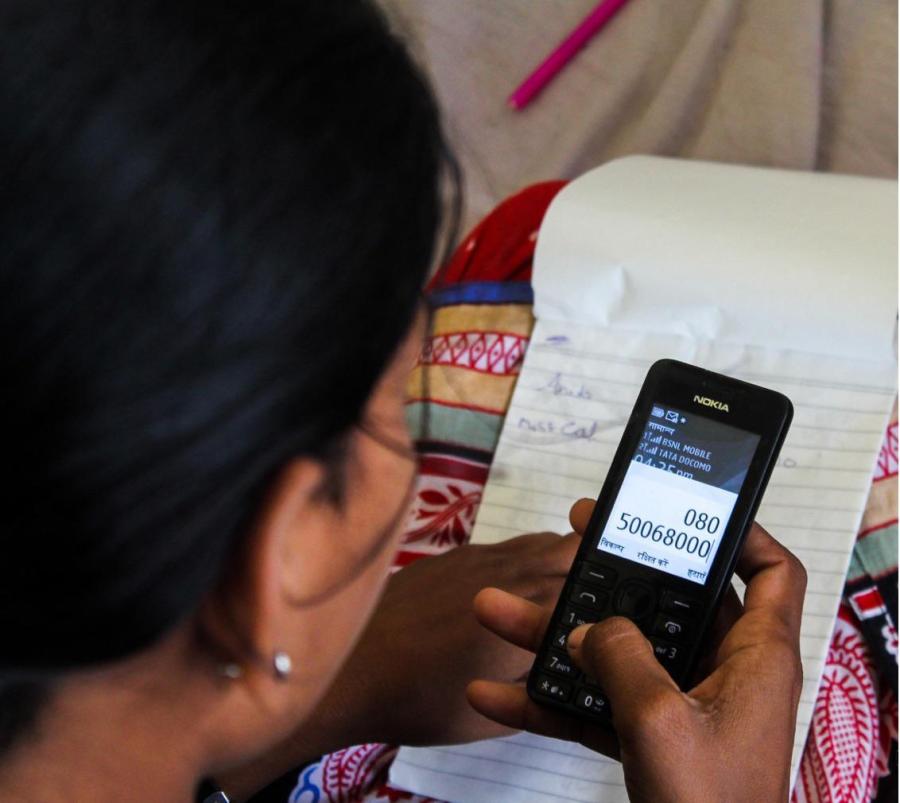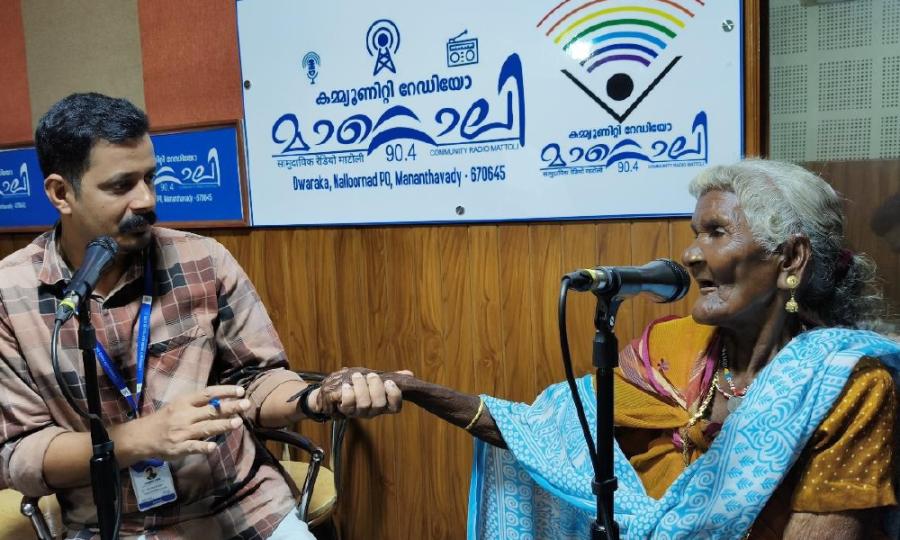India today has over 3600 dams; more than 3300 of them built after independence in 1947. At least 700 more dams are under construction. Adivasis constitute 8.08 percent of India's population as per 1991 census figures. According to an Indian government working group, 40-50 percent of those displaced by development projects are adivasis. Information about number of adivasis displaced by dams is available in case of a few of these projects, which is tabulated in table below. It clearly shows that the adivasis have faced a disproportionate share of displacement.
A question that arises when considering large dam projects is what benefits adivasis gain from such development. Once again, there is no systematic information. (Such lack of information on these crucial aspects itself show the utter insensitivity of the establishment on the issue.) Anecdotal information indicates that very minimal, if at all any, benefits of such dams and the related green revolution and electricity have reached adivasis.
The Indian constitution, incidentally, gives special status to adivasis. While stipulating equal opportunity and treatment for all, it has made special provisions for positive discrimination for adivasis and dalits. In 1996, the Parliament passed a constitutional amendment to give adivasis dominated villages special rights to decide about use of natural resources in their areas. In the adivasis dominated northeast of India, the special sixth schedule of the constitution gives communities the right to partake in decisions affecting them and their natural resources. Many states of India have passed acts so that non-adivasis do not alienate the adivasis from their lands. The president of India has special powers to intervene when the lives, cultures, and natural resources of adivasis are in danger. But in spite of these special provisions and acts, the condition of adivasis in India have only gone from bad to worse. Exploiters from all over the country have found ways to alienate adivasis from their lands and natural resources. The 1996 amendment has remained on paper. There is not even one case where to protect the adivasis communities and their natural resources, a large dam or development project has been stalled using presidential powers.
Article copyright Cultural Survival, Inc.



